How to Make a Sauna Hotter: Boost Heat for a More Intense Sweat
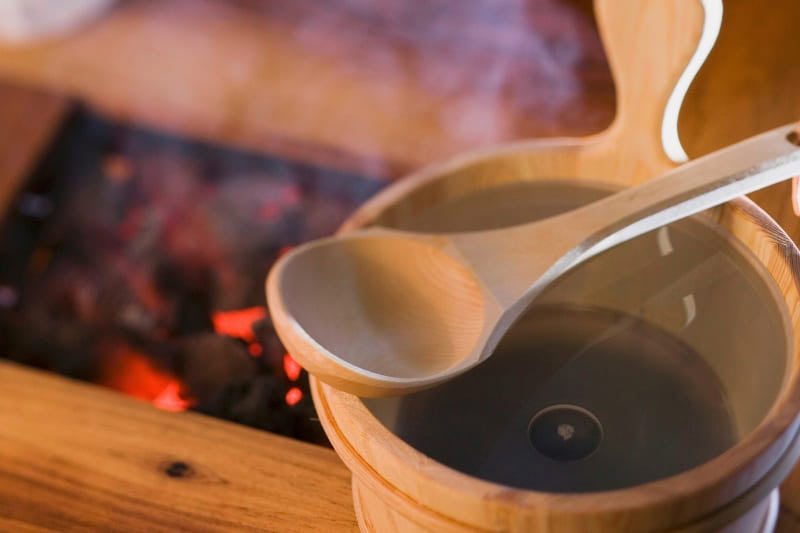
Imagine stepping into a sauna after a long day. The warmth feels good, but it’s not quite enough. You want that deep, intense heat. Don’t worry; we’ve all felt that way before. Learning how to make a sauna hotter can change everything.
Saunas are great for both your body and mind. They help you relax and improve your health. By making your sauna hotter, you’re not just turning up the heat. You’re making it better for detox, improving your sports performance, and helping your muscles recover faster. Every sweat drop becomes more powerful and healing.
Let’s start this journey to make your sauna sessions better, making every moment count.
Key Takeaways: How to Make a Sauna Hotter
- Optimize Heater Placement: Position the heater 5-7 inches off the floor to evenly distribute heat.
- Insulate and Seal: Use proper insulation materials and seal gaps to retain maximum heat.
- Adjust Ventilation: Control air flow by adjusting vents; open during heating, close during sessions.
- Use Sauna Stones Wisely: Arrange stones properly for efficient heat transfer and enhanced steam production.
- Monitor Safety: Keep sessions short, stay hydrated, and monitor how your body reacts to higher temperatures.
Table of Contents
Understanding Sauna Temperature Basics
Saunas are great for your health, but getting the temperature right is key. Each sauna type has its own temperature range. This affects how you feel during and after your sauna.
Ideal Temperature Range for Different Sauna Types
- Traditional saunas heat up to 160-180°F, giving you a strong heat feeling.
- Infrared saunas are cooler, running from 120-140°F. They let you stay in for 20-45 minutes.
- Steam rooms are best at 105-120°C.
The temperature you choose can change how long and intense your sauna session is.
Make sure to read our detailed article on sauna temperature.
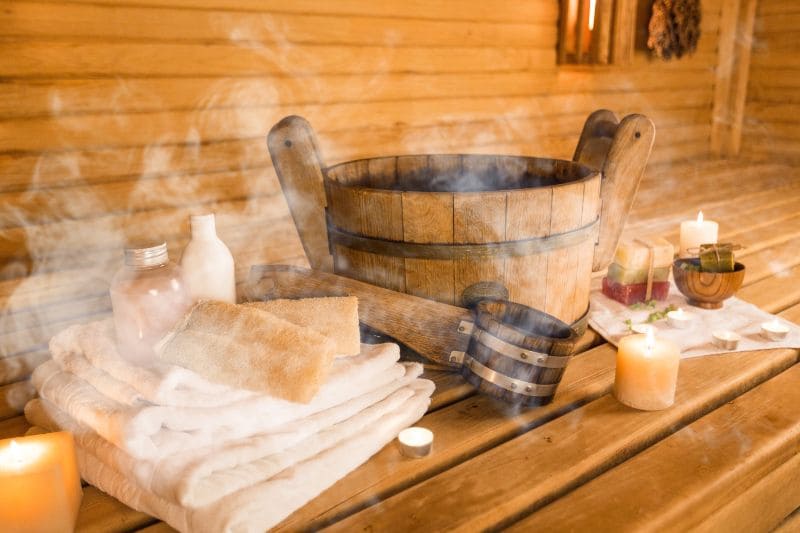
Factors Affecting Sauna Heat
Many things can change how hot a sauna gets.
- The size, insulation, and the heater’s power matter a lot. For a small sauna, a 6 kW heater is enough. But bigger spaces might need 9 kW or 12 kW heaters.
- Keeping the sauna well-ventilated is also key for steady temperatures.
- Opening the door too often can cause significant heat loss.
Also read: Top Rated Sauna Heaters of 2024
Safety Considerations for High-Temperature Saunas
Saunas are good for your health, but safety comes first.
Experts recommend keeping sauna sessions under 20 minutes to prevent dehydration or heat stroke. Most people can handle 10-20 minutes in a traditional sauna at 160-180°F. Always drink water and know how much heat you can take during your sauna session.
| Sauna Type | Temperature Range | Recommended Session Duration |
|---|---|---|
| Traditional Sauna | 160-180°F | 10-20 minutes |
| Infrared Sauna | 120-140°F | 20-45 minutes |
Related: Comparing Infrared and traditional saunas
Common Issues Preventing Maximum Sauna Heat
Getting your sauna to the right temperature can be tough.
- Electric heaters might not be strong enough for big rooms. Wood-burning heaters need the right fuel. Infrared units could have broken parts, and barrel saunas might not be well-insulated.
- Bad ventilation is a major reason for losing heat. If sauna vents are set wrong, the temperature drops significantly.
- Broken heating parts, wrong thermostats, and bad settings also lower the heat.
- How you arrange sauna stones is key to spreading the heat evenly. If stones are stacked wrong, some spots get too hot, and others stay cold.
| Issue | Impact | Solution |
|---|---|---|
| Improper ventilation | Heat loss | Adjust sauna vents |
| Faulty heating elements | Inconsistent heat | Replace or repair |
| Poor insulation | Heat escape | Improve insulation |
| Incorrect stone arrangement | Uneven heat distribution | Rearrange stones |
Temperature sensors and high-limit sensors might need fixing or replacing for accurate readings and safety. Keeping these parts in good shape is key for indoor and outdoor saunas.
For these problems, it’s smart to talk to experts. They can find out what’s wrong and fix it right. This way, your sauna works great, giving you the intense heat you want for a great experience.
Read our dedicated article on why your sauna is not heating up with 10 pro tips to reignite the heat.

How to Make a Sauna Hotter: Effective Techniques
Want to make your sauna experience better? Let’s look at ways to increase the temperature and spread the heat evenly. This will make your sweat session more intense.
1. Optimizing Heater Placement and Power Output
Putting your heater in the right spot is key to even heat. For best results, place it 5-7 inches off the floor.
Make sure the heater’s power fits your sauna’s size. To eliminate any doubts, refer to my sauna heater size calculator.
2. Proper Insulation and Sealing Techniques
Good insulation keeps the heat in. Use mineral wool or ceramic fiber for your sauna walls. Make sure sauna staves are sealed, and use weather stripping to stop heat from escaping. Don’t forget to seal the gaps around the sauna door.
3. Adjusting Ventilation for Heat Retention
To keep the sauna at the perfect temperature, control how much air gets in. Open the vents when the heating starts, then close them to keep the heat in. This keeps the sauna at 180 to 200 degrees Fahrenheit.
4. Using Sauna Stones for Enhanced Heat Distribution
Sauna stones help spread the heat evenly. Use dark, rough stones. Fill three-quarters to seven-eighths of the heater box with them (about 30-35). This setup helps keep the heat in and creates more steam when you add water.
These tips can help increase the sauna heat but always think about safety first. If you start to feel lightheaded, get out and cool down before going back in.
Maintenance Tips for Sustaining High Sauna Temperatures
Keeping your high-temperature sauna in top shape requires regular maintenance. By following these tips, you’ll ensure optimal performance and longevity of your sauna environment.
Regular Cleaning and Upkeep
Clean your sauna weekly to remove dust and debris. Use a mild soap solution to wipe down benches, walls, and floors. For outdoor saunas, check the insulation often to keep the heat efficient.
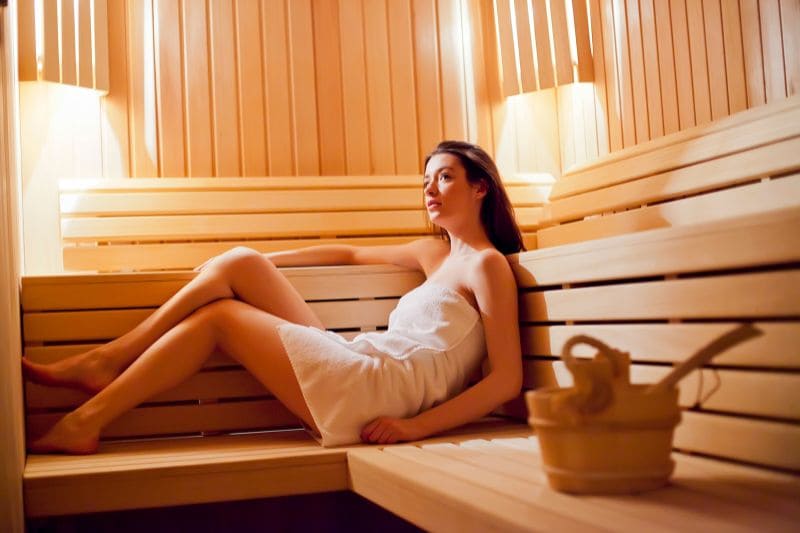
Replacing and Arranging Sauna Stones
Sauna stones are key for hot air distribution. Replace them every 1-2 years for the best results. Make sure to arrange them for good airflow between stones for efficient heat transfer.
| Stone Type | Heat Retention | Durability |
|---|---|---|
| Vulcanite | Excellent | High |
| Olivine-diabase | Very Good | Medium |
| Peridotite | Good | High |
Related: Best Rocks for Sauna
Checking and Recalibrating the Thermostat
Proper temperature sensor placement is crucial for accurate readings. Place it 1-2 feet from the heater and 1 inch from the ceiling. Recalibrate your thermostat every year to keep the ideal temperature range of 150-190°F for traditional saunas.
Other Tips
Don’t forget to check sauna door hinges and use sealing techniques to prevent heat loss. For bigger saunas, adding a fan can improve hot air circulation.
With these maintenance tips, your sauna will consistently deliver the intense heat you want.
Conclusion
Boosting your sauna’s heat can make your sweat session better and increase health benefits. Most people like temperatures between 150 and 175°F. Sessions should last 20-30 minutes, 2-3 times a week.
Focus on sauna heat optimization for a more intense experience. Proper heater placement and power are key for the best temperatures.
To fix sauna heating issues, consider ventilation, insulation, and stone arrangement. Putting the heater near the floor helps spread the heat better. Insulating the walls, ceiling, and door keeps the heat in.
Keeping your sauna clean and maintained is important for good heating. Check and adjust your thermostat often.
Always put safety first when setting up and using your sauna. Start with lower temperatures, drink water, and listen to your body to avoid getting too hot.
By doing these things and keeping your sauna in good shape, you’ll get a hotter, better place for relaxing and staying healthy.
FAQs About “How to Make a Sauna Hotter”
What factors affect the heat level in a sauna?
The sauna’s size, insulation, and ventilation are the major factors that affect the heat level in a sauna. Heater power and how the sauna stones are arranged also matter.
What common issues can prevent a sauna from reaching maximum heat?
Problems like bad ventilation, broken heaters, and wrong settings are common issues that can prevent a sauna from reaching maximum heat. Poor insulation and wrong stone placement also play a part.
How can I optimize heater placement and power output for increased sauna heat?
For increased sauna heat, place the heater 5-7 inches off the floor for even heat. Make sure the heater’s power fits the sauna’s size.
What are some effective insulation and sealing techniques for retaining heat in a sauna?
To retain heat in a sauna, use insulation like mineral wool or ceramic fiber. Seal any gaps and check doors and vents for a tight seal.
How can adjusting ventilation help retain heat in a sauna?
To help retain heat in a sauna, open vents while heating, then close them when it’s hot enough. This helps keep the heat inside.
How do sauna stones contribute to enhanced heat distribution?
Choose dark, medium-sized stones with a rough texture. Vulcanite, olivine-diabase, peridotite, or olivine work best for holding and spreading heat.
What maintenance tasks are crucial for sustaining high sauna temperatures?
To sustain high sauna temperatures, clean the sauna regularly. Change sauna stones every 1-2 years. Arrange stones for good airflow. Check and adjust the thermostat and temperature sensors.
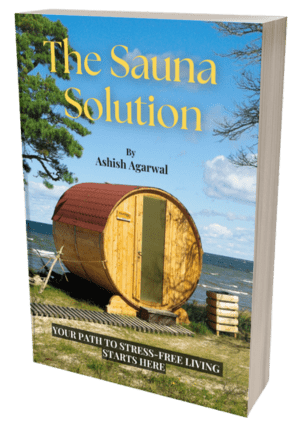
“Become a Sauna Expert Overnight!”
Grab Your “FREE” Sauna E-book NOW!
Get your hands on the ultimate sauna manual. From history to DIY setups, our free guide has it all.

As a Chartered Accountant turned sauna enthusiast, I bring a unique blend of analytical skills and hands-on experience to the world of heat therapy. With over a decade dedicated to researching and testing sauna products and practices, I’ve developed a deep understanding of this field. A the founder of HomeInDepth.com, I provide reliable, easy-to-understand information on all aspects of saunas. My goal is to guide you through every step of your sauna journey, offering meticulously researched, unbiased advice to help you make informed decisions and create your perfect sauna experience. I’m always happy to hear from sauna lovers like you—feel free to leave questions or share your own tips in the comments below so we can learn together. Contact me on:


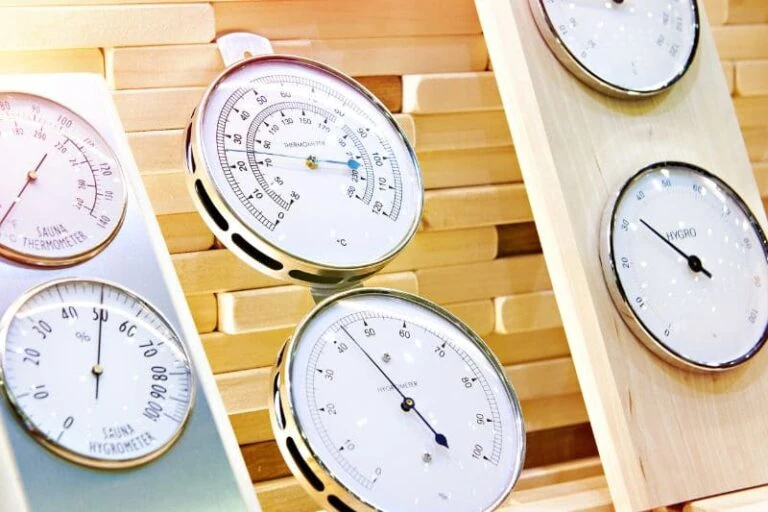

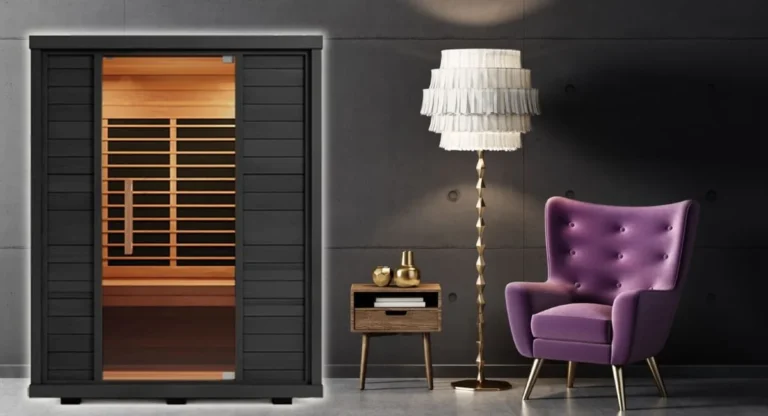
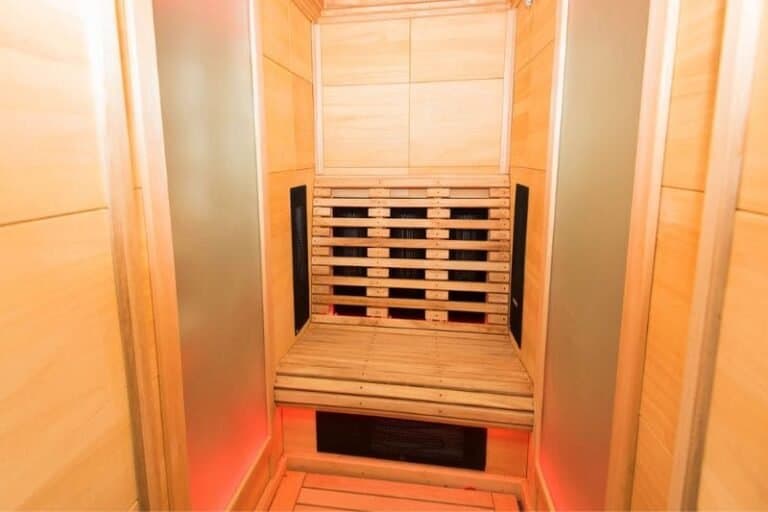

3 Comments